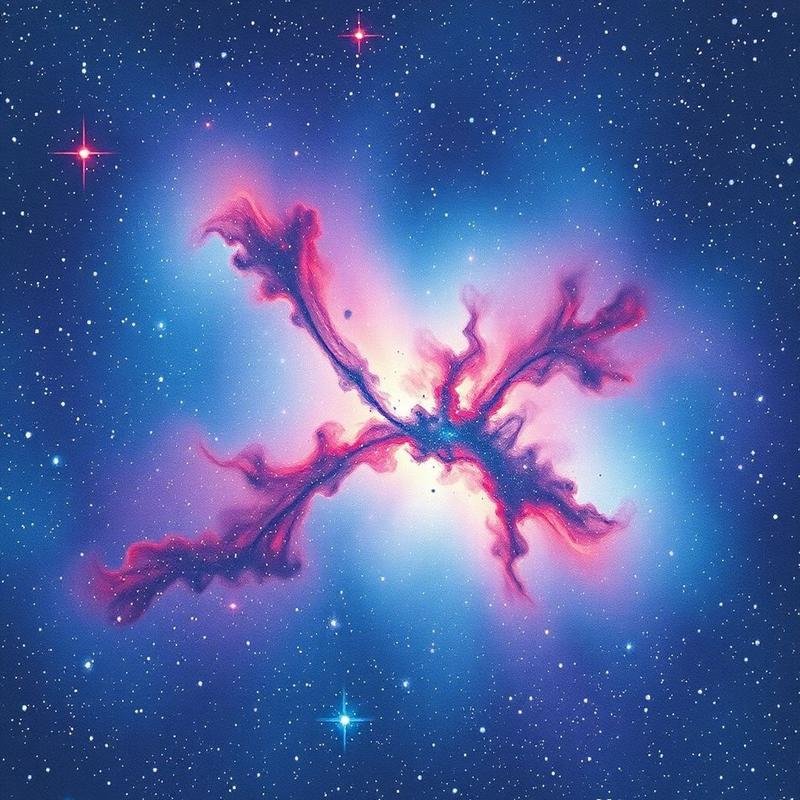Exoplanets: Exploring the Potential for Extraterrestrial Life.

Exoplanets & Alien Life: The Search Beyond Earth
The universe offers subtle indicators; are we adequately equipped to discern them? From faint radio transmissions to compelling observations of distant exoplanets, the search for extraterrestrial life has profoundly altered our perception of our cosmic significance. Could life beyond Earth exist in closer proximity than previously imagined, potentially revolutionizing humanity’s understanding of its vulnerable position within the universe?
The “Wow!” Signal and Early SETI Efforts
The 1977 “Wow!” signal – a strong, narrowband radio emission detected by the SETI program – generated considerable excitement within the scientific community. Its unexplained origin continues to fuel speculation regarding potential extraterrestrial communication.
Exoplanet Discoveries and Habitable Zones
Since then, the discovery of exoplanets has accelerated dramatically. The Kepler Space Telescope alone has identified over 2,600 exoplanets, some of which are located within the habitable zones of their host stars – the critical region where liquid water, essential for life as we understand it, could potentially exist. Proxima Centauri b, an exoplanet orbiting our nearest stellar neighbor, provides a pertinent example.
The Drake Equation and Cosmic Abundance
The Drake equation, formulated in 1961 by Frank Drake, attempts to estimate the number of communicative civilizations within the Milky Way galaxy. Does this equation suggest a universe abundant with life, or does it underscore the significant uncertainties inherent in this cosmic assessment? Despite these inherent unknowns, the sheer, almost incomprehensible scale of the universe – containing an estimated two trillion galaxies – strongly suggests that we are unlikely to be alone.
The Fermi Paradox
However, if extraterrestrial life exists and thrives elsewhere, why have we not detected it? This is the essence of the Fermi paradox.
The Search for Biosignatures and the James Webb Telescope
Currently, scientists are intensifying their efforts to detect biosignatures – definitive chemical indicators of life – in the atmospheres of distant exoplanets. What insights might be derived from the presence of methane (CH4) and oxygen (O2) in disequilibrium? NASA’s James Webb Space Telescope, launched in 2021, is at the forefront of this endeavor, meticulously analyzing the atmospheres of remote worlds with unprecedented precision.



Conclusion
The quest to answer the enduring question – are we alone? – continues, driven by groundbreaking discoveries and an unwavering curiosity. Join us as we further explore the profound mysteries of the cosmos and begin…





